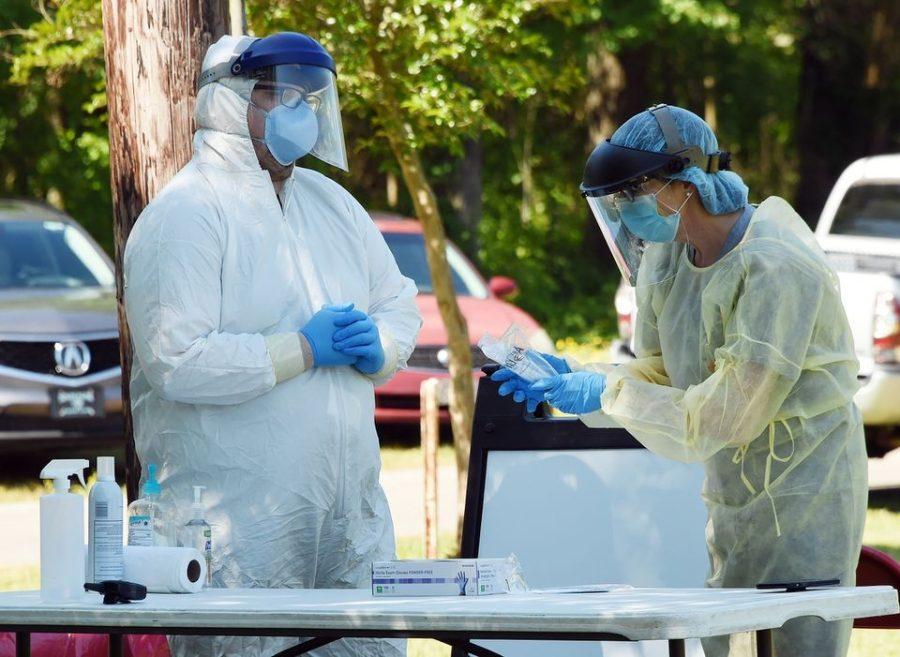Many schools around the U.S. are set to reopen soon, and with daily COVID-19 case counts and percent positive rates still high, a more effective public health measure to track cases of the virus is desperately needed. The method, called pooled testing, utilizes a more widespread approach, testing both symptomatic and asymptomatic people.
Pooled testing involves gathering samples from a group of people — in this case, four — and running the samples together. If the conglomerate sample comes back as negative, then all four of the individuals test negative.
However, if the conglomerate sample comes back as positive, then a few actions can be carried out. Either those four individuals are called back to be tested individually or they are all asked to self-isolate to limit the spread of the virus.
“The [Food and Drug Administration] has approved it now for up to four people in a pool,” said Will Humble, former director of the Arizona Department of Health Services and the current executive director for the Arizona Public Health Association. “It’s a way of testing four people for the price of one.”
RELATED: COVID-19 patients no longer need tests to end isolation, CDC says
A recent estimate out of the University of California, Berkeley said that pooled testing can be done for as little as $3-5 per person per day. By testing a larger number of people at a fraction of the cost and time, pooled testing could be widely adopted by schools and universities looked for a safer way to reopen.
“This [emergency use authorization] for sample pooling is an important step forward in getting more COVID-19 tests to more Americans more quickly while preserving testing supplies,” said FDA Commissioner Stephen M. Hahn. “Sample pooling becomes especially important as infection rates decline and we begin testing larger portions of the population.”
However, with delayed turnaround times, pooled testing might not be as useful in practice as in theory.
“It is not useful until we can clean up our act on the turnaround time. If the turnaround time is 14 days, then it doesn’t matter if it’s a pooled test or not, it’s not going to provide actionable information because it’s coming in too late,” Humble added.
RELATED: FDA authorizes first diagnostic test for people without known or suspected COVID-19 infection
Pooled testing works better in lower-prevalence settings because, in these areas, the odds of testing four negative individuals are markedly increased. When using pooled testing in areas of high prevalence, then it becomes harder to pinpoint which of the four individuals led to a positive conglomerate sample result.
In high-prevalence settings, so many pools are likely to yield positive results, so laboratories would end up having to test individuals after completing a pooled sample to find out which individual is truly infected.
“You wouldn’t want to test household contacts that way because you’d expect more of them to be positive,” Humble said.
Although recent estimates place Arizona’s percent-positive rates upward of 20%, pooled testing could be beneficial for universities and schools for testing asymptomatic students and carriers of the virus in bulk with the goal of getting those students out of circulation and limiting the spread of infection.
Follow Amit Syal on Twitter









